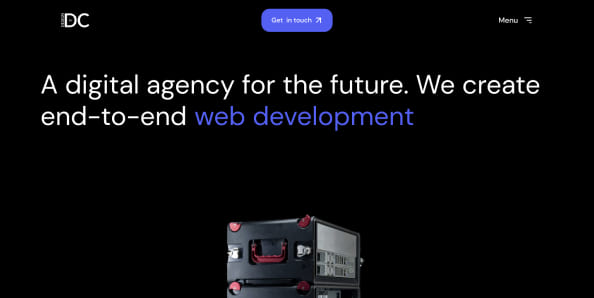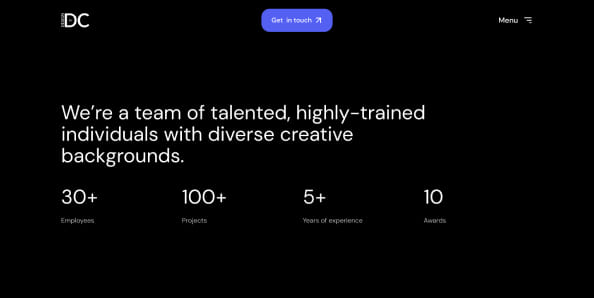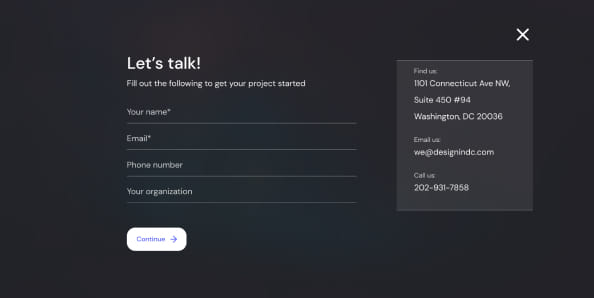GPT-4: A Glimpse into the AI Revolution – The Good, the Bad, and the Uncertain
The rapid advancements in artificial intelligence (AI) have transformed the way we interact with technology, and one of the most significant breakthroughs in recent years is the development of GPT-4, the latest iteration of OpenAI’s Generative Pre-trained Transformer (GPT) series. In this blog post, we’ll take a deep dive into GPT-4, its history, and the potential benefits and drawbacks of this groundbreaking AI model.
GPT-4: A Brief History
The world of artificial intelligence (AI) has witnessed remarkable progress in recent years, with OpenAI’s Generative Pre-trained Transformer (GPT) series leading the charge in natural language processing and generation. GPT-4, the latest iteration in this groundbreaking series, has pushed the boundaries of AI capabilities even further. In this blog post, we’ll explore the history of GPT-4, the evolution of its predecessors, and the impact these models have had on AI research and applications.
The Origins: GPT and the Transformer
The journey of GPT-4 can be traced back to the introduction of the Transformer architecture in a 2017 paper by Vaswani et al. The Transformer model utilized self-attention mechanisms, which allowed it to efficiently process and generate text in a more accurate and context-aware manner than previous models. This breakthrough laid the foundation for the development of the GPT series.
In 2018, OpenAI released the first iteration of GPT, which built upon the Transformer architecture to create a powerful language model. The model utilized unsupervised learning, allowing it to learn from vast amounts of text data without the need for human-labeled examples.
GPT-2: The Leap Forward
Building on the success of GPT, OpenAI introduced GPT-2 in 2019. This model featured a remarkable 1.5 billion parameters, significantly improving its ability to understand and generate text. GPT-2 demonstrated an unprecedented level of fluency and coherence, but it also raised concerns about the potential misuse of AI-generated content.
Due to these concerns, OpenAI initially released only limited versions of GPT-2, withholding the full model to prevent potential malicious applications. However, after monitoring the usage of the limited versions, OpenAI eventually released the full model, as they found no significant increase in harmful applications.
GPT-3: The Game Changer
The release of GPT-3 in 2020 marked another leap forward in AI capabilities. With a staggering 175 billion parameters, GPT-3 was orders of magnitude larger than its predecessor. This increase in scale enabled GPT-3 to perform a wide range of tasks without requiring fine-tuning, making it a highly versatile AI model.
GPT-3’s ability to generate human-like text, answer questions, and even create simple software code sparked widespread interest in its potential applications. However, it also highlighted the ethical implications and challenges associated with advanced AI models, such as bias and misinformation.
The Arrival of GPT-4

Building on the advancements of GPT-3, GPT-4 was developed with even more parameters and improved performance. This latest model further enhanced the accuracy and fluency of generated text, allowing it to complete complex tasks with greater context awareness and precision.
GPT-4 has expanded the range of potential applications for AI language models, with industries such as healthcare, finance, and customer service poised to benefit from its capabilities. The release of GPT-4 also emphasizes the importance of addressing the ethical and environmental challenges that come with large-scale AI models.
The Positives of GPT-4
GPT-4 offers several impressive benefits, including:
Advanced Language Capabilities
GPT-4’s most prominent advantage is its ability to generate highly fluent, coherent, and contextually accurate text. This remarkable language capability allows GPT-4 to perform tasks such as content creation, translation, summarization, and more with impressive precision. The model’s enhanced language understanding and generation skills make it an invaluable tool for businesses and researchers alike.
Versatility and Adaptability
One of the most significant benefits of GPT-4 is its ability to perform a wide range of tasks without the need for task-specific fine-tuning. This versatility allows GPT-4 to be easily applied across various industries and use cases, including healthcare, finance, customer service, and research. The adaptability of GPT-4 means that businesses and developers can leverage the model’s capabilities to address unique challenges and requirements.
Improved Efficiency and Productivity
GPT-4’s ability to automate tasks that were previously time-consuming and labor-intensive can lead to substantial improvements in efficiency and productivity. By streamlining operations and reducing the need for human intervention, businesses can save time and resources, which can be redirected toward other high-value activities.
Enhanced Creativity and Innovation
GPT-4’s advanced language generation capabilities can help spur creativity and innovation by providing fresh perspectives and ideas. For example, content creators can use GPT-4 to generate unique text, brainstorm ideas, or even collaborate with AI to produce engaging and original content. Similarly, researchers and developers can harness GPT-4’s power to explore new concepts and solutions to complex problems.
Democratization of AI
GPT-4 has the potential to contribute to the democratization of AI by making advanced natural language processing capabilities accessible to a broader audience. With the integration of GPT-4 into existing software and platforms, developers and businesses can leverage the model’s impressive features without requiring extensive AI expertise. This accessibility has the potential to bridge the gap between cutting-edge AI research and practical applications, driving innovation and growth across various industries.
The Negatives of GPT-4
Despite its remarkable potential, GPT-4 also presents certain challenges and drawbacks:
Ethical Concerns and Misuse
The advanced language generation capabilities of GPT-4 raise concerns about the potential for misuse. The AI’s ability to produce human-like text has implications for the creation of AI-generated misinformation, deep fakes, and other malicious applications. These concerns highlight the need for responsible AI development and the implementation of safeguards to prevent the misuse of GPT-4 and similar models.
Bias and Discrimination
GPT-4, like all AI models, is trained on vast datasets that may contain biases present in the source material. As a result, the model can inadvertently generate biased or potentially harmful outputs. Addressing these biases and ensuring that AI-generated content is free from discrimination remains a critical challenge for the continued development and deployment of GPT-4 and other AI models.
Resource Consumption and Environmental Impact
Training and running large-scale models like GPT-4 require significant computational resources. The energy consumption associated with these processes contributes to environmental concerns, such as increased carbon emissions. Additionally, the computational demands of GPT-4 may limit its accessibility to those with lower computational power, exacerbating the digital divide.
Over-reliance on AI and Loss of Human Expertise
The widespread adoption of GPT-4 and similar models may lead to an over-reliance on AI, potentially resulting in reduced human oversight and critical thinking in decision-making processes. The risk of becoming too dependent on AI-generated content and solutions may lead to a loss of human expertise and the erosion of valuable human skills.
Accountability and Responsibility
As AI-generated content becomes more sophisticated and pervasive, questions surrounding accountability and responsibility become increasingly important. Determining who is responsible for the consequences of AI-generated content and decisions is a complex issue that needs to be addressed as GPT-4 and other AI models continue to be integrated into various aspects of our lives.
In conclusion, GPT-4 represents a significant milestone in the development of artificial intelligence, offering unparalleled language capabilities and versatility. Its history, from the introduction of the Transformer architecture to the present day, reflects the rapid progress and innovation that has characterized the field of AI in recent years. As GPT-4 continues to push the boundaries of natural language processing and generation, it is essential to recognize the myriad of possibilities it brings, as well as the challenges that must be addressed to ensure responsible and ethical AI development.
GPT-4’s remarkable capabilities have the potential to revolutionize various industries and applications, from content creation and translation to healthcare and finance. However, it is crucial to balance the excitement around these advancements with a thoughtful consideration of the ethical concerns, biases, and environmental impacts that accompany the widespread adoption of such powerful AI models. By fostering a responsible approach to AI integration, we can mitigate the risks associated with GPT-4 and similar models while maximizing their benefits for society.
As we look to the future of AI and the evolution of GPT-4, it is essential to maintain a balanced perspective that embraces both the positives and negatives of this groundbreaking technology. By addressing the challenges and drawbacks, we can ensure a future in which AI development remains responsible and beneficial for all. In doing so, we can unlock the full potential of GPT-4 and its successors, paving the way for a world where AI serves as a powerful tool for innovation, growth, and the betterment of humanity.












